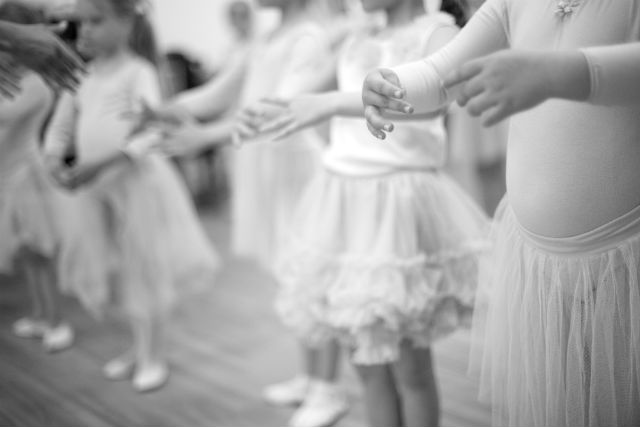Congratulations! You finally are given the chance to choreograph your own dance. However, choreographing isn’t as easy as it looks. While you may have watched your dance teacher choreograph your performances with ease for several years, it can be scary to get started on your own. Many dancers experience the same pitfalls when choreographing their first dances. Consider these tips to avoid those issues.
Don’t Over-Choreograph!
When dancers think of beginning to choreograph something, they may get worried about walking into a room full of people who are looking at them for guidance. As a result, they plan out every single step and movement to a tee before even entering the room. While this might seem like a good idea, usually it’s not. When dancers aren’t following your direct lead and mastering every move and breath right away, you may get angry and become over controlling. This could lead to disarray among the group instead of making the practice about having a fun time, which is most important.
Many dancers forget how critical it is to go with the flow when choreographing a dance. As this is such a creative act, people need to listen to their changing thoughts and alter the dance as they go. Otherwise, it might not be as great of a collaboration as it could be.
Don’t Forget About the Audience
Some choreographers tend to be a little narrow-minded when starting out. They might be eager to start and choreograph, but only have interest to create a dance that pleases them, not anyone else. This is a seriously faulty mistake. When crafting a dance, it’s important to think of the audience along every step of the way. What do they want to see? What music would excite them and cause them to really pay attention? How can you draw them in?
Understanding and answering these questions before you begin creating your dance is critical. If you go into the dance only looking to please yourself, you may create a dance that isn’t interesting to anyone and essentially wastes the audience’s time when they’re watching it.
[wpsm_video]https://www.youtube.com/watch?v=6HLQiwvbKno[/wpsm_video]
Don’t Forget About the Learning Curve
You might be the kind of dancer who can pick up a new dance within a day. However, not every dancer is like you. Others need a few practices before they can really nail down a whole song, and even then it might not be perfect. As a choreographer, it’s important to understand the learning curve that comes with dancing.
Even if you’re working with a group of advanced, experienced dancers, not everyone will pick up the moves as easily as you created them. Have patience with your dancers and help them along the way to allow them to understand certain moves better. Don’t get frustrated or upset with your dancers, which can only make the whole process worse for everyone.
Don’t Copy Someone Else’s Dance
Of course, as a dancer there were most likely some dances you watched that you loved, and probably some others that you hated. However, when you look for inspiration, it’s important not to mimic those beloved dances to a tee. While you can pull some moves from them, use your creative spirit to come up with a few new moves or reframe them in a new, refreshing way. You don’t want your audience to see the dance and believe that they’ve seen this routine before.
Instead, you want to wow them with pizzaz and originality and think a little bit outside the box. Look at several dances you like and pull from those to make sure you don’t end up reverting back to one performance you love. If you’re having a creative block, ask your dancers what they think. They might have a favorite dance too that they want to pull from or will suggest a new move they saw that helps take the dance in a new direction, instead of a familiar one.


